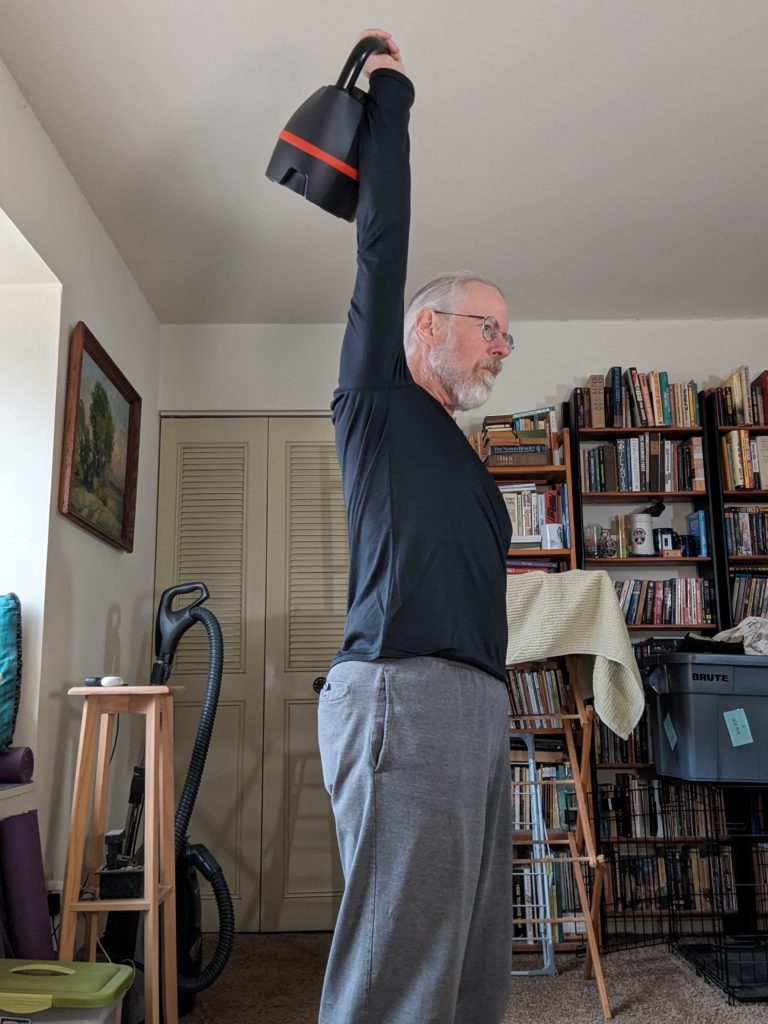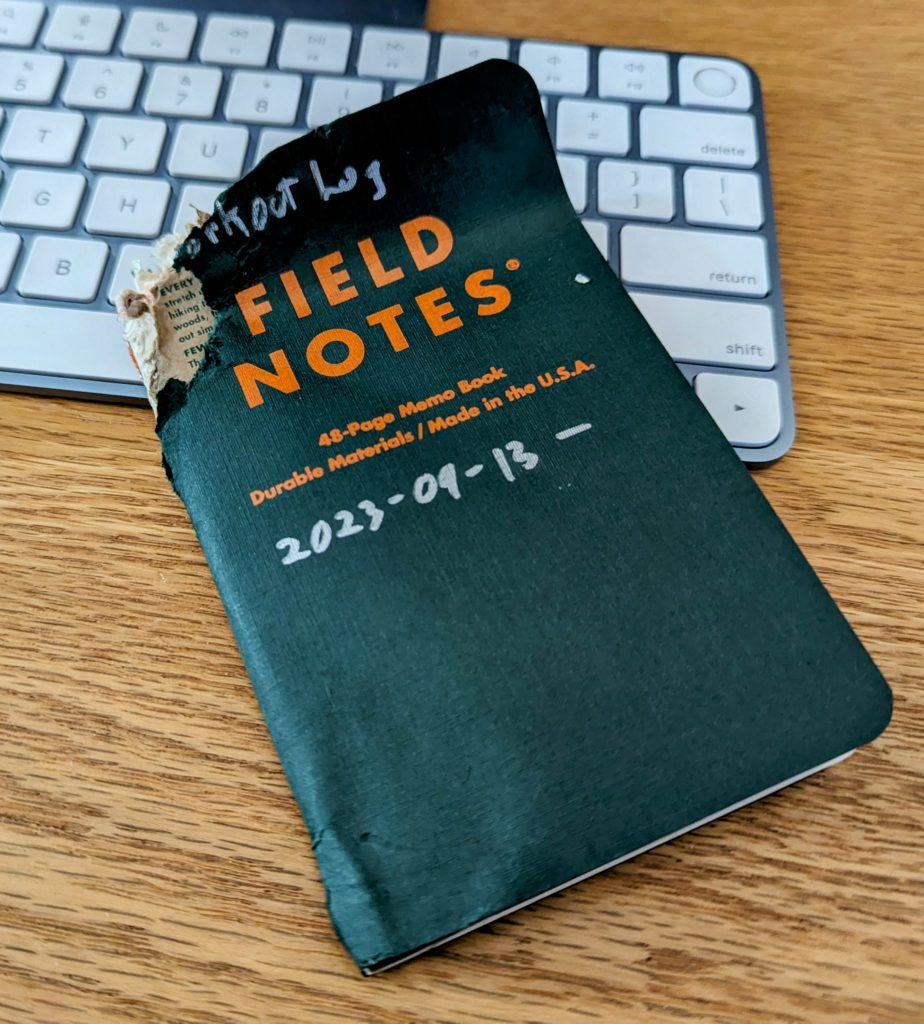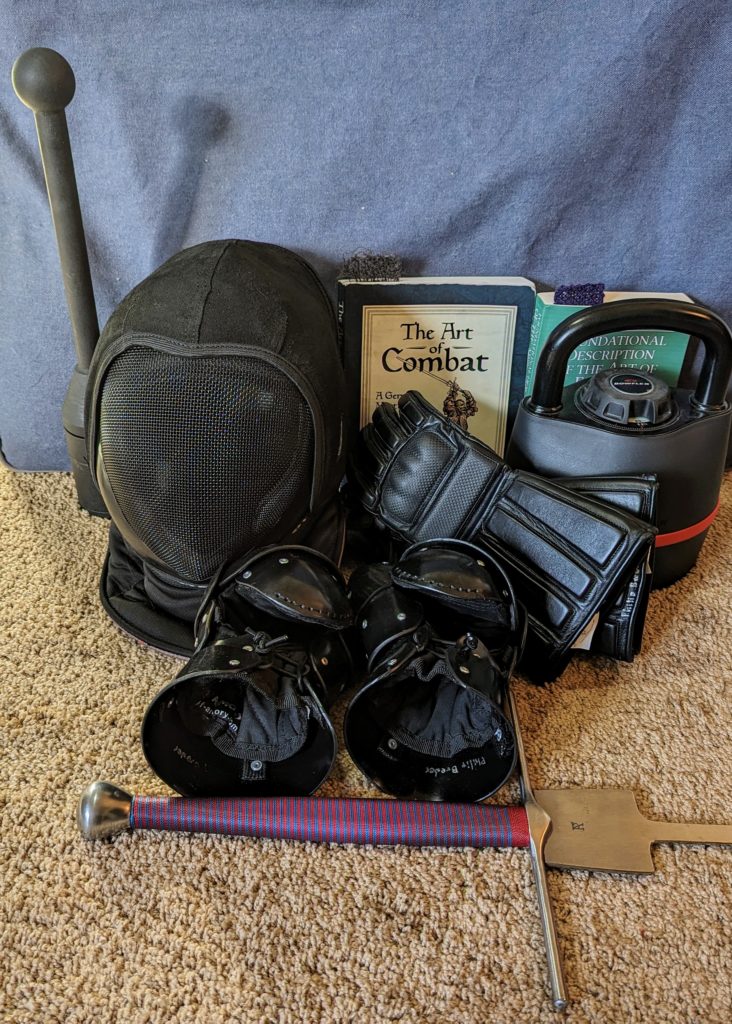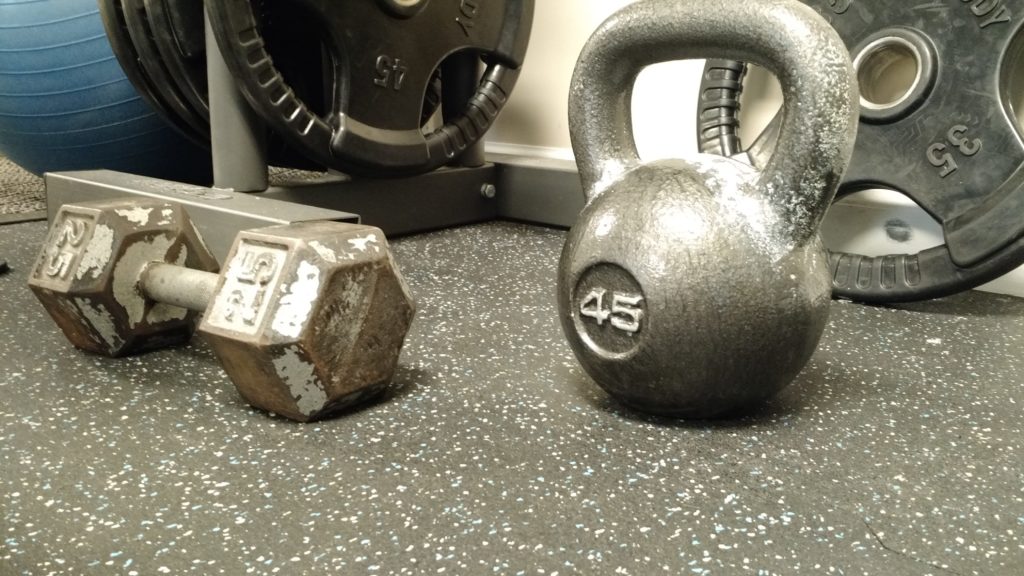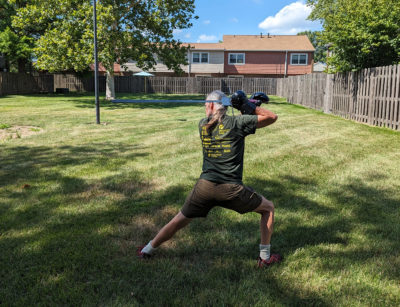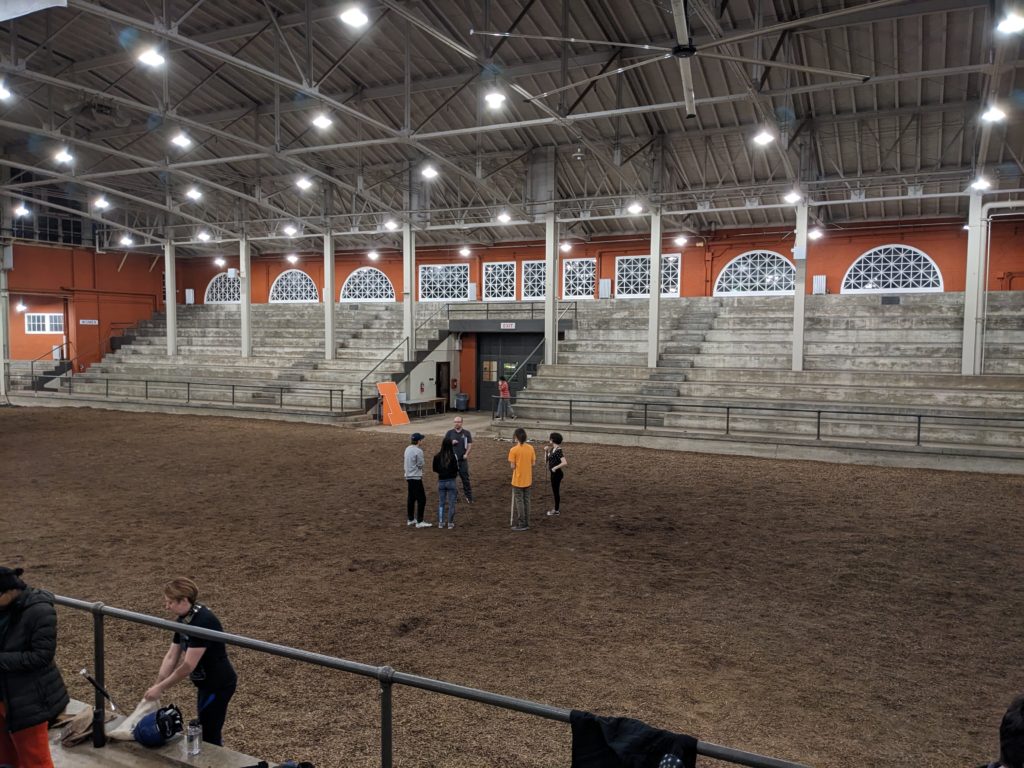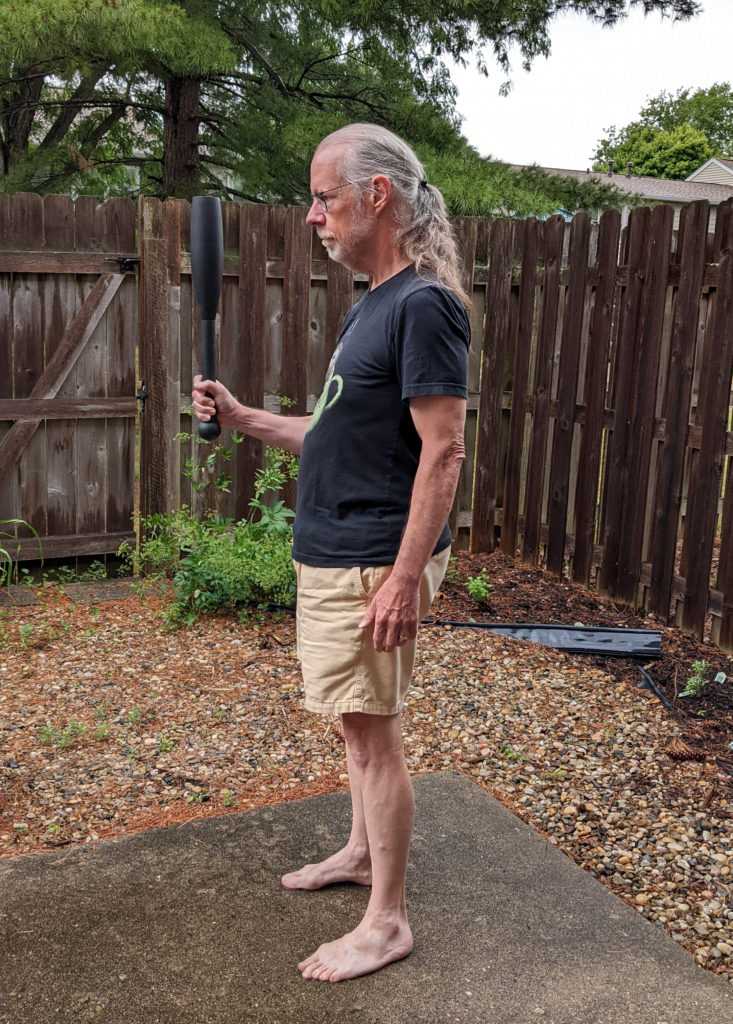Early in the pandemic I bought a set of gymnastic rings, started training with them, and got great results. They have a few downsides, though: Since I hang them up outdoors it’s no fun to us them when its cold or wet or windy. Also, the easiest place to hang them up (the basketball court) is kind of out in public. I don’t really mind people watching me workout, but occasionally it’s a little awkward.
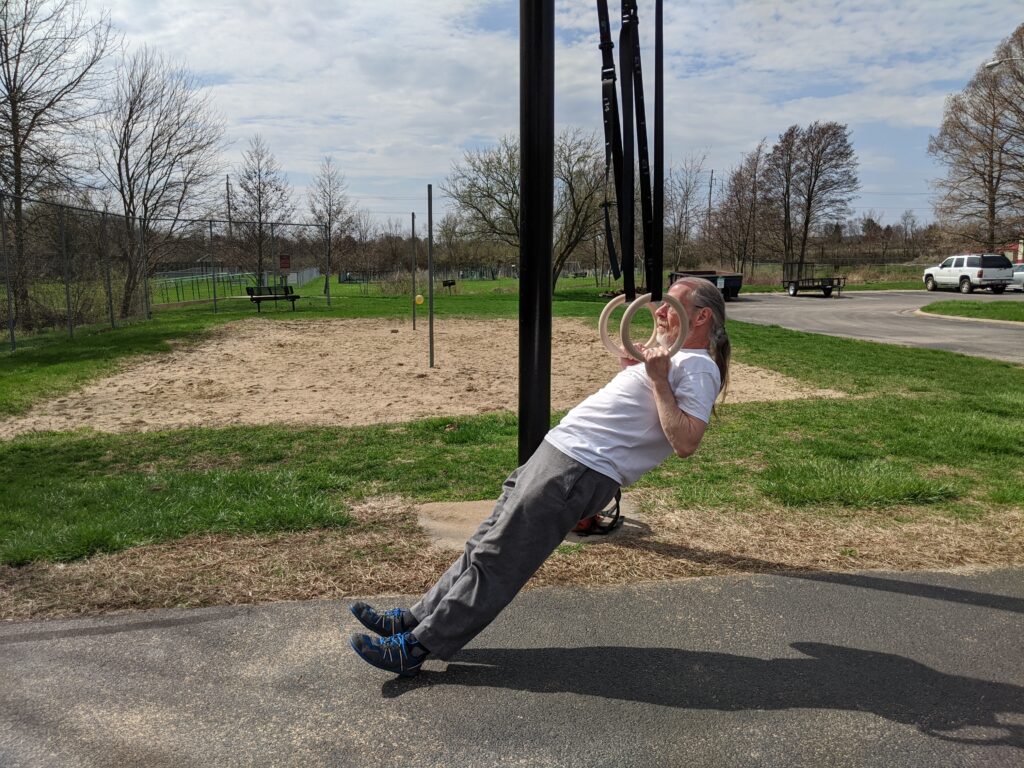
Especially during the winter, I’ve largely switched to steel club exercises. I can do them in my study, they’re a similarly good workout. Besides that, they add an element of rotation which I find useful to support my fencing.
One downside of club (and kettlebell) exercises is that they’re really not practical to do to failure.
Exercise machines are great to do to failure. With little or no risk of injury, you can know that you’ve gotten the maximum stimulus to strength and hypertrophy. With kettlebells or clubs, training to failure means that a big steel weight goes flying out of your hands and into whatever happens to be in the vicinity—a terrible idea.
The rings are closer to weight machines. I use them almost exclusively for three different exercises: inverted rows, dips, and pull ups. Do any of them to failure and all that happens is you don’t finish a rep. I suppose actual gymnasts do various sorts of inversions and such, where it might be dangerous to fail a rep. That’s not an issue for me.
Anyway, this morning I got my rings out, put them up at the basketball court, and did a version of the same circuit I did many times over the past five years. I did three rounds of:
Jump rope
This was mainly just to get/keep me warmed up for the rest of the round. I did sets of 100 jumps, and was pleased to find that I could still do them with just one or two misses in a set.
Inverted rows
These are a way to work the lats. I’ll hope I can do pull ups again soon, but even then I’ll probably stick to inverted rows for half my lat exercises. I did sets of 8 rows to failure, which is exactly what I was going for.
Slamball hunter squats
This exercise comes from Mark Wildman’s slamball program. You powerclean a slamball, do a double-pivot to turn 90 degrees to one side, which leaves you in a stagger stance. Then you drop down to a hunter squat (about mid-way between a squat and a lunge), holding the slamball in front of you. Then you stand back up, double-pivot again to face forward, and drop the slamball. Then you repeat, pivoting the opposite direction.
I was doing it with a 15 lb slamball, which isn’t terribly heavy, but I was too lazy to carry my heavier slamball out to the basketball court.
I did sets of 6 to 8 reps (3 or 4 each direction), which isn’t enough to reach failure on my legs. I either need to do more reps or else bite the bullet and bring out the 30 lb slamball.
Dips
Somewhat to my surprise, I actually manage to do 1 dip! That was all I managed though, so I satisfied myself with doing negative dips for the rest of my reps. But if I can do 1 dip, being able to do sets of 3 or even 4 is not far off.
Hollowbody hold
This was easier than I’d expected, I guess due to the Mark Wildman ab exercise program I’d been doing for a few months now. I did a 45-second hold each round.
I did a total of three rounds, which is what I did for most of my rings workouts in years past. It felt like a legit good workout.
I’m thinking two of those workouts per week, plus two club workouts per week, plus two runs per week (a long run and a fast run), would add up to a great, well-rounded exercise routine. Of course, I’ll also want to do a fencing class as well, adding up to seven workouts per week, which is perhaps a bit more than would be wise, but I don’t see any alternative.



